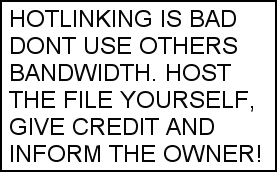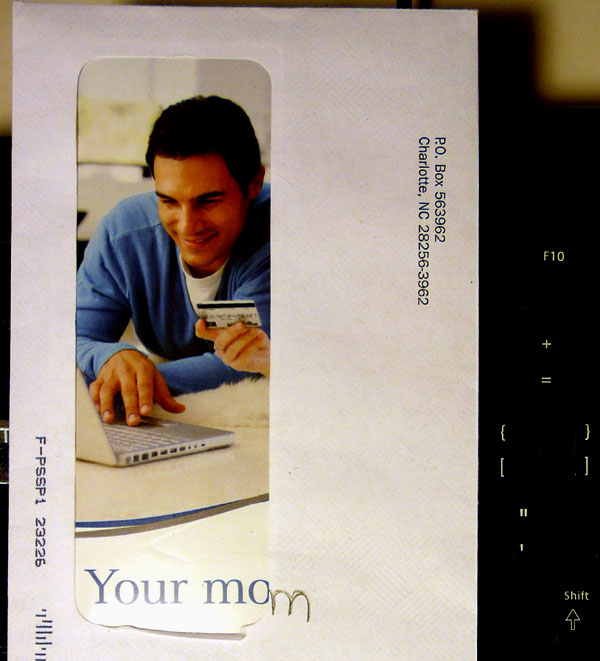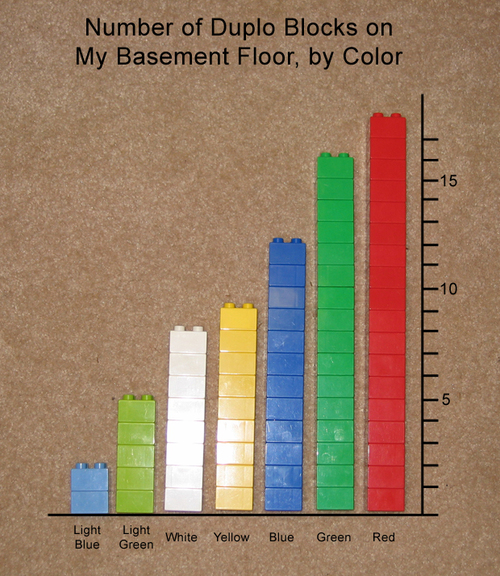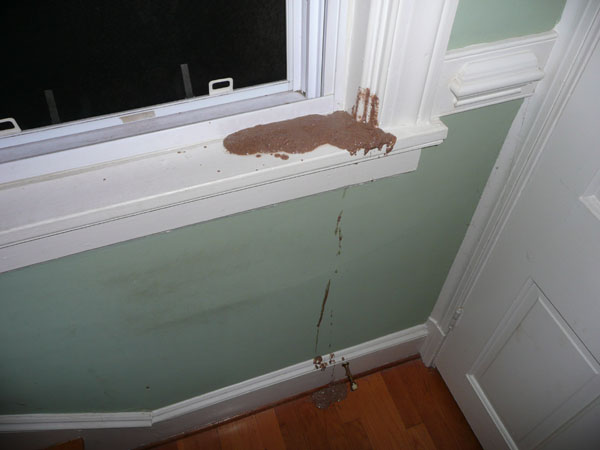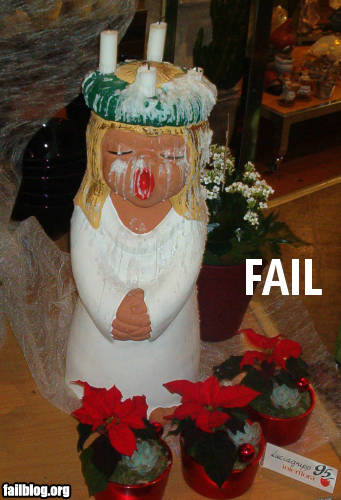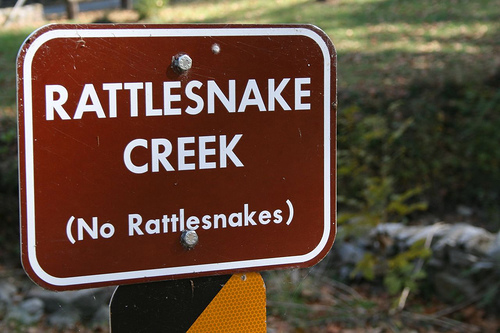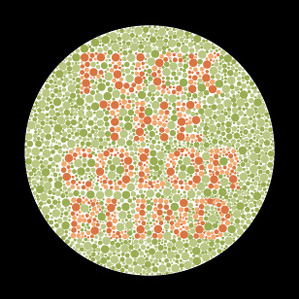For those not in the know, hotlinking is the act of displaying an image located on another web site by referring to it directly, as opposed to linking to the page on which it appears.
The upshot is that every time the hotlinked image is displayed on site A, it costs site B (the site hosting the image) the bandwidth required to serve it up. This is considered rude. Site B incurs a cost without receiving any benefit. The accepted alternative is to save a copy of the desired image and host it on one’s own site, or on one of numerous image hosting services. Not only is this polite, but it’s smarter, because when you hotlink to an image on someone else’s web server you don’t have control over it.
When John McCain was running for president, his campaign set up a MySpace page (remember MySpace?) using a common template. The template’s creator made it available for anyone who wanted to use it, but requested attribution and asked those who used it to host the associated images themselves. The McCain staffers did neither. The template’s creator responded by modifying one of the images that was being leeched from his own web server such that the following occurred:
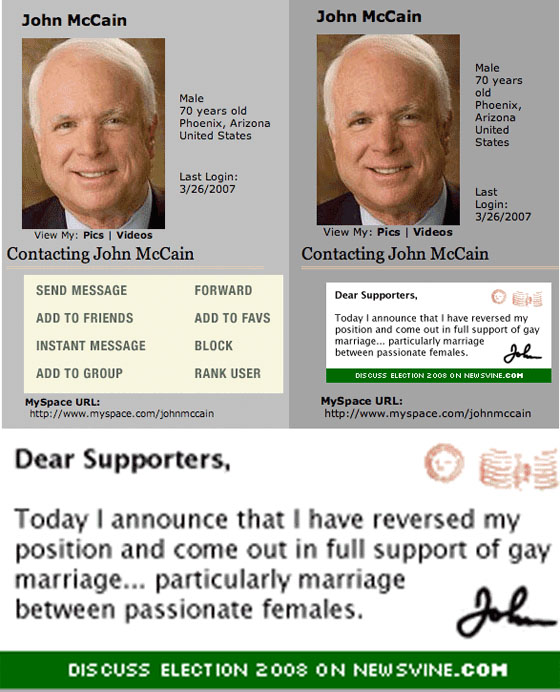
The McCain staffers saw the light and quickly corrected their faux pas.
I bring up hotlinking because a lot of my blog posts contain images that a lot of people find via Google Image Search. Then they hotlink to them. The pages on which they are displayed are frequently in forums and, given the highbrow nature of the images I post, you can only imagine the levels of erudition present in the forums’ discourse. For example:
http://www.last.fm/group/I+Hate+Metal+Maiden+Hell/forum/124912/_/531272
There are methods to block hotlinking, and some of those who engage in hotlinking subscribe to the viewpoint of, “If a site lets me hotlink to its images, that’s tantamount to an invitation.” Well, fuckers, you are no longer invited.
One has choices when blocking hotlink requests. One can simply forbid the request, which usually results in a broken image icon appearing on the target site. One can also redirect the request so that an alternate image is served up. Given the potential humor value of the latter, which method do you think I chose?
Some people select an image like this:
Practical but boring.
Some serve up a transparent image that is very, very wide, which is designed to break the target site’s layout such that the left and right borders get blown out. I consider this somewhat malicious in that it punishes bystanders along with the culprit.
Being true to my nature, I decided to go with something offensive. My initial choice was this:

Then I was briefly taken with this:
Then I considered taking the scattergun approach and offending everyone imaginable:
Then, after reading an informative essay by Ryan “pizza” Flynn on what to consider when coming up with an irritating, disturbing or offensive hotlink replacement image, I embraced one of Mr. Flynn’s offerings for my very own. I think it strikes a tasteful balance:
I am well aware that by serving up an alternate image, I am still incurring the bandwidth cost associated with that image. That’s okay. Ever since I set this up, several times each day I feel a little zing of pleasure out of nowhere that I can only imagine is my replacement image appearing somewhere unexpectedly. So either the tumor has grown beyond the point of “Are you sure you don’t smell burning plastic?” or my investment is paying dividends.
